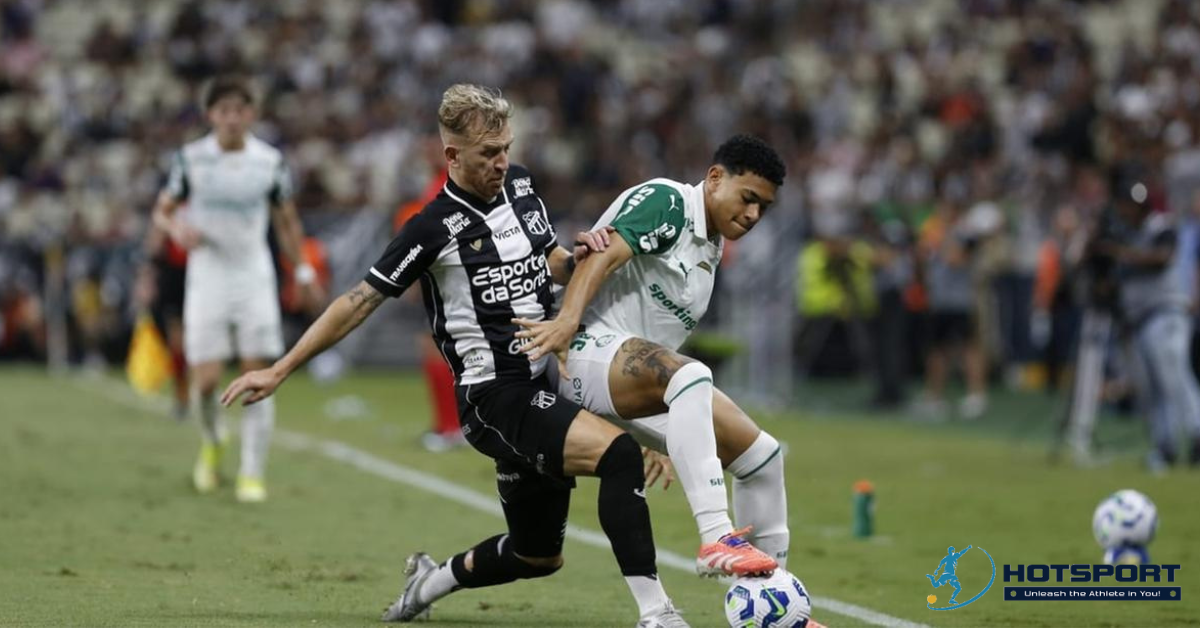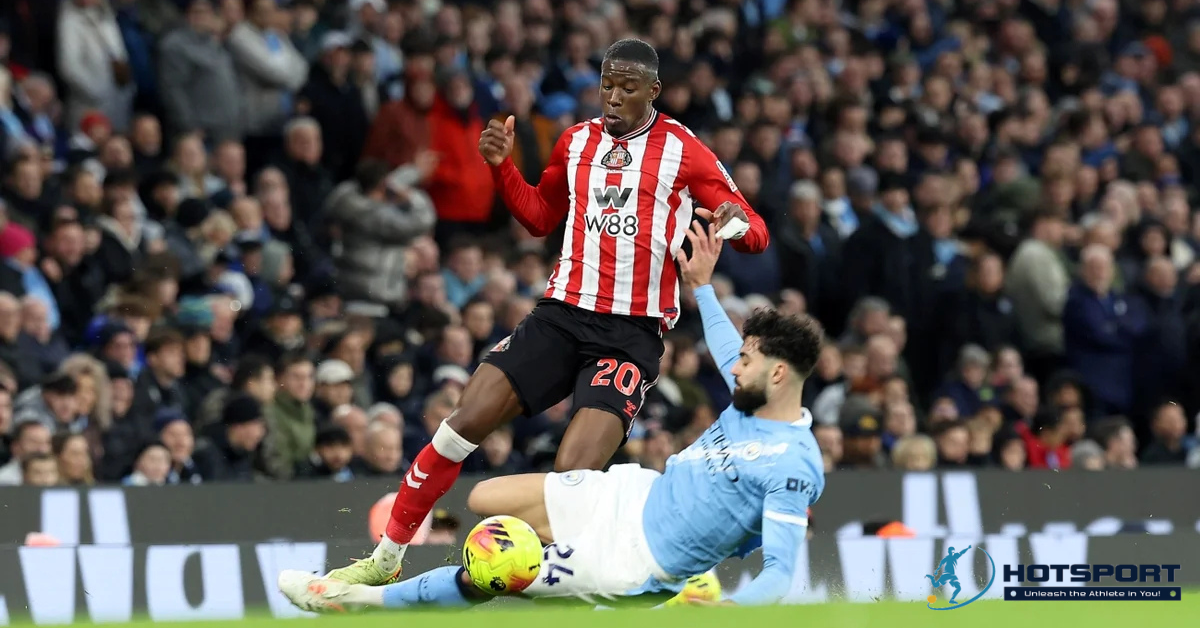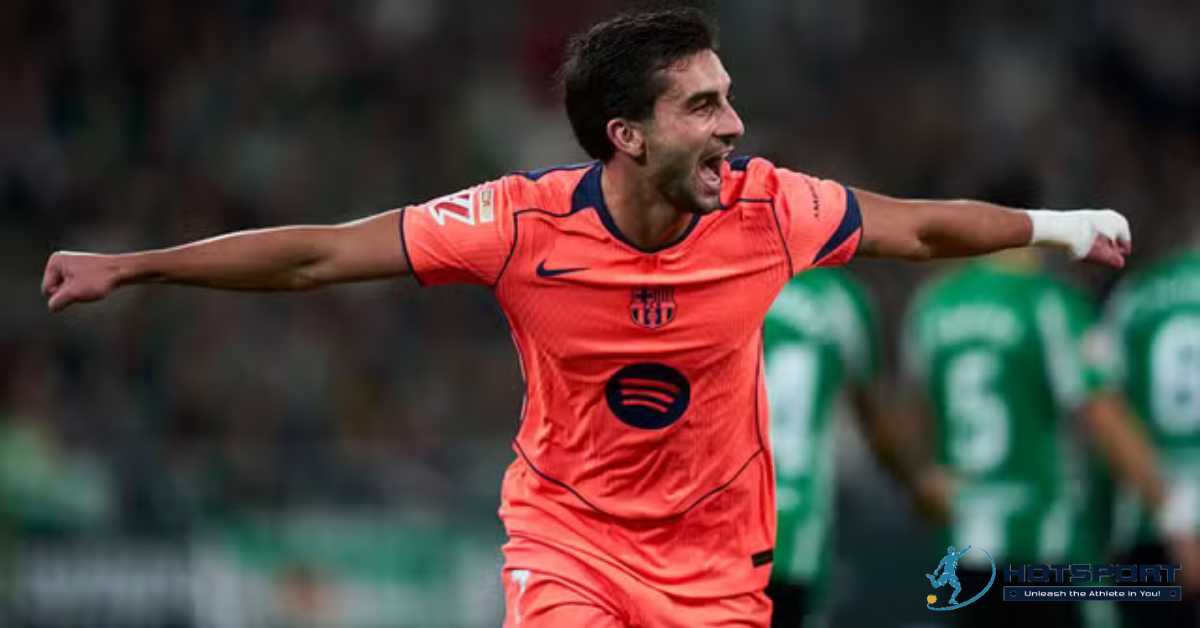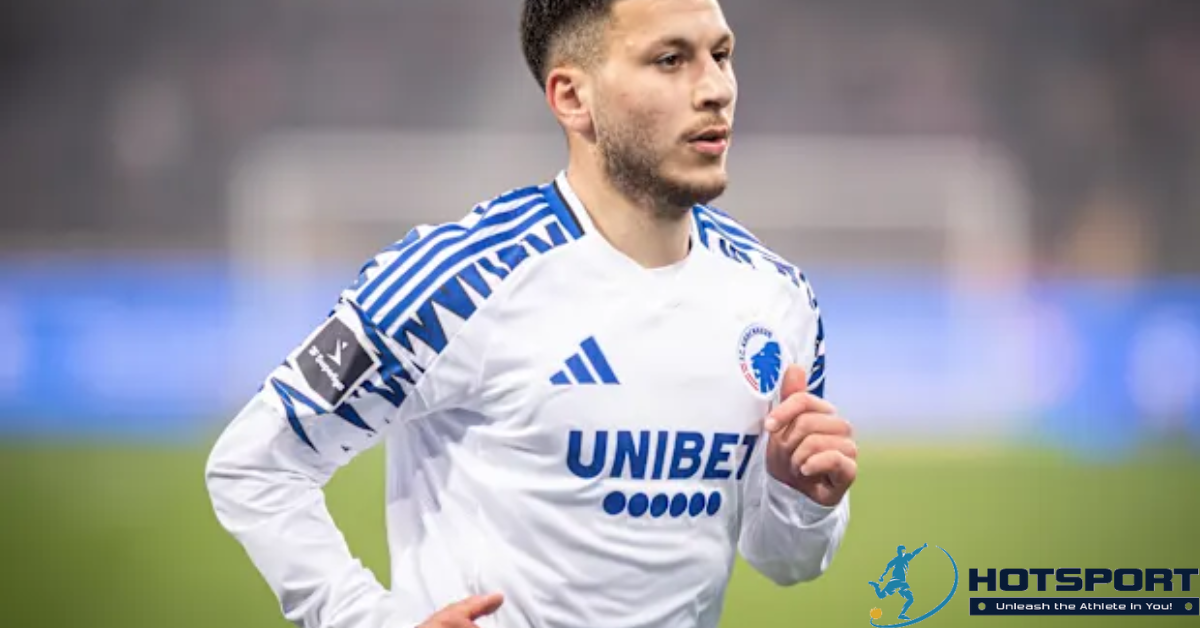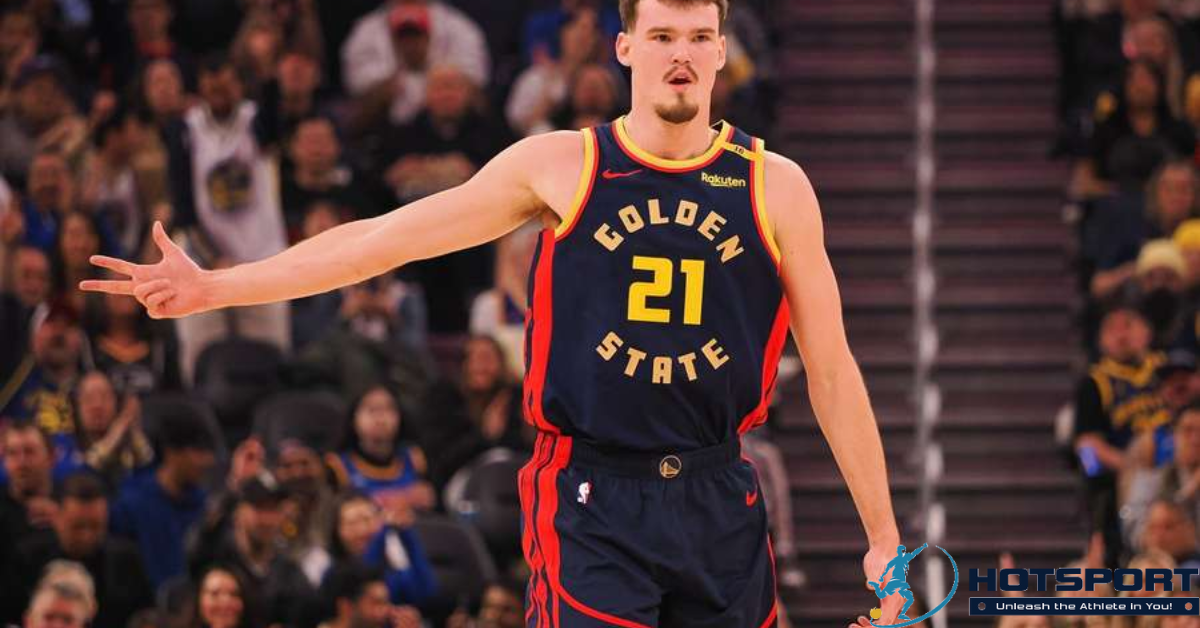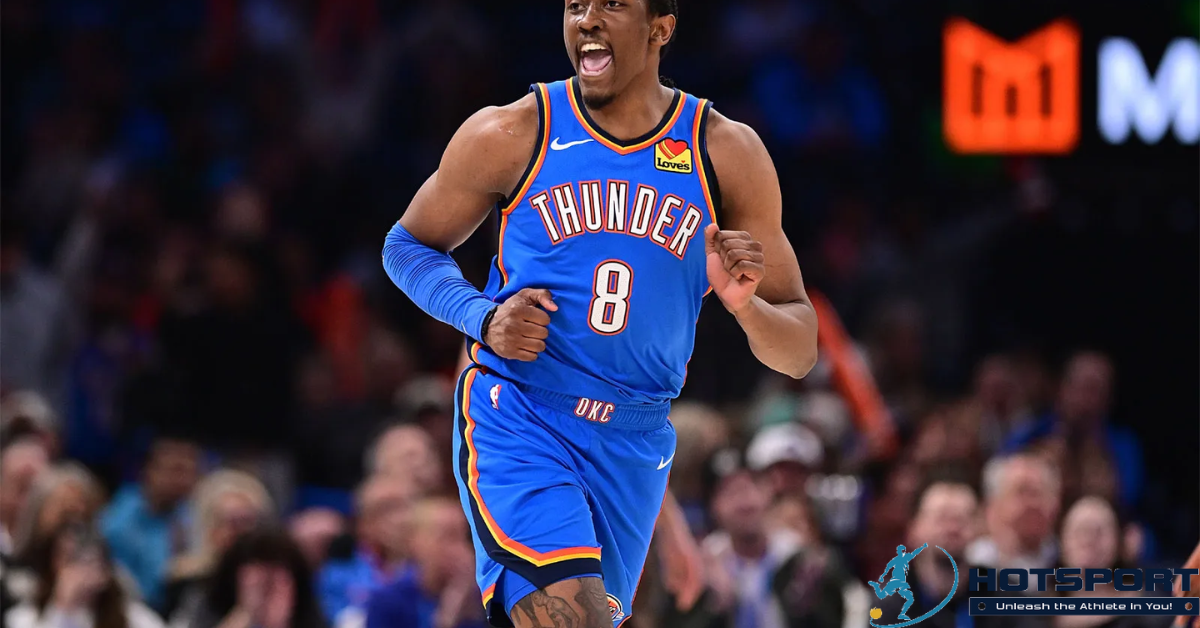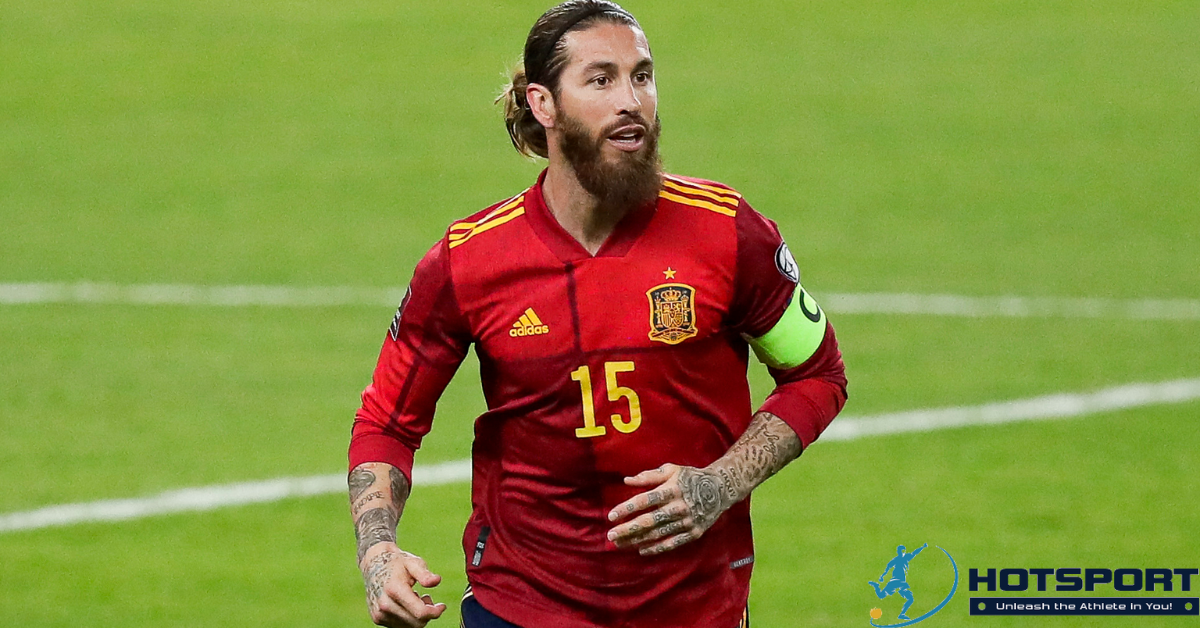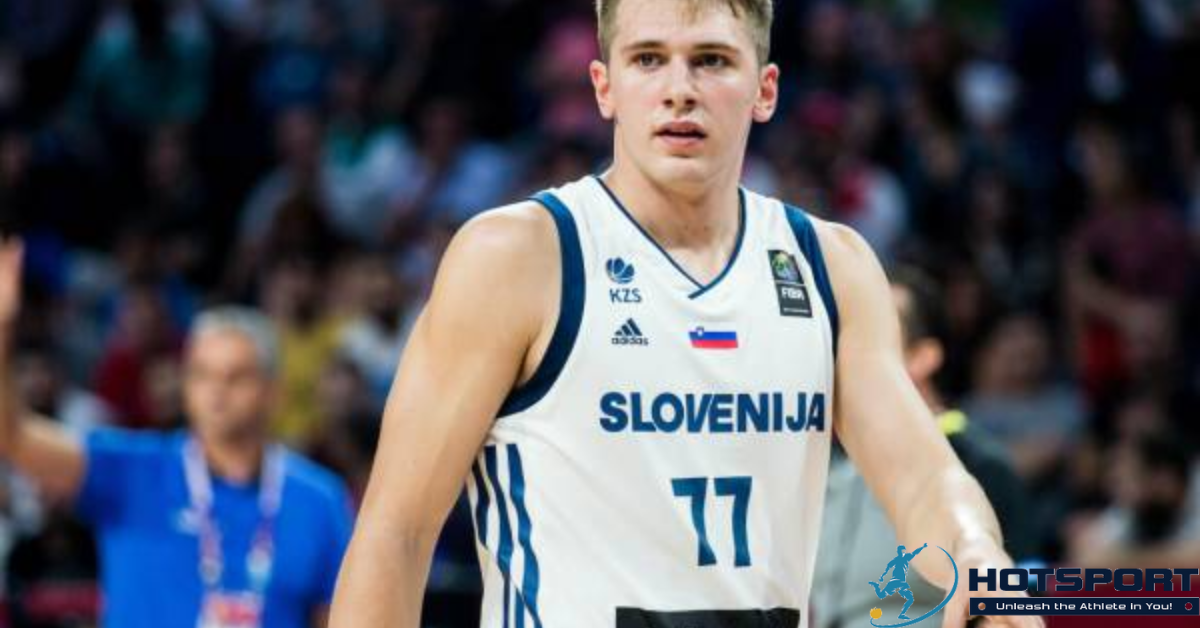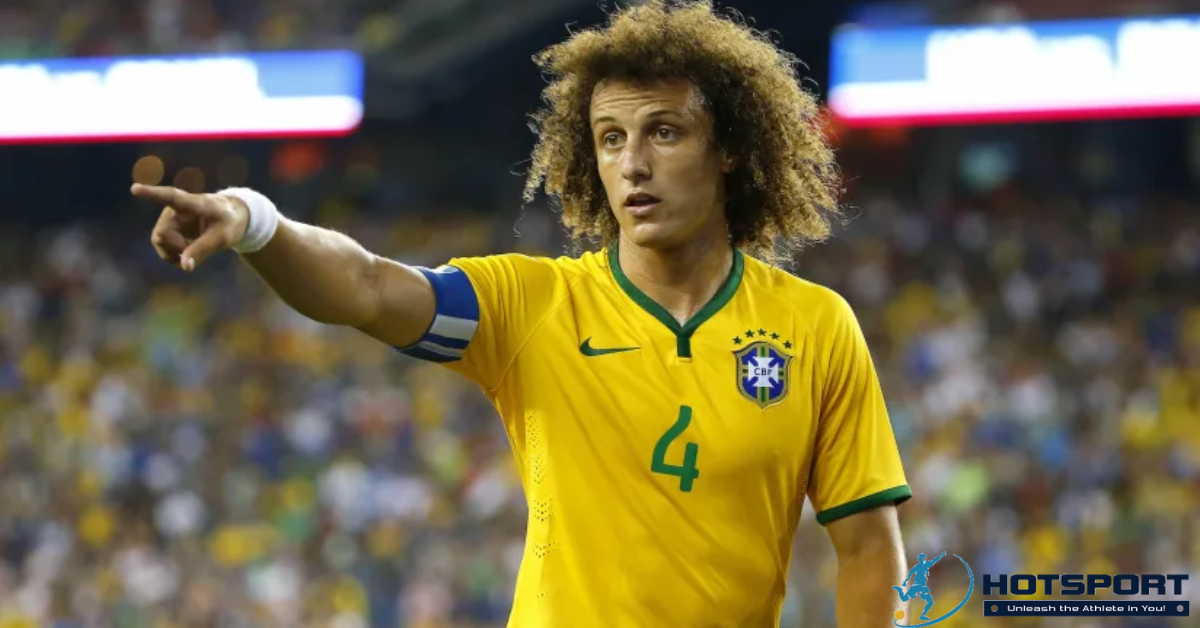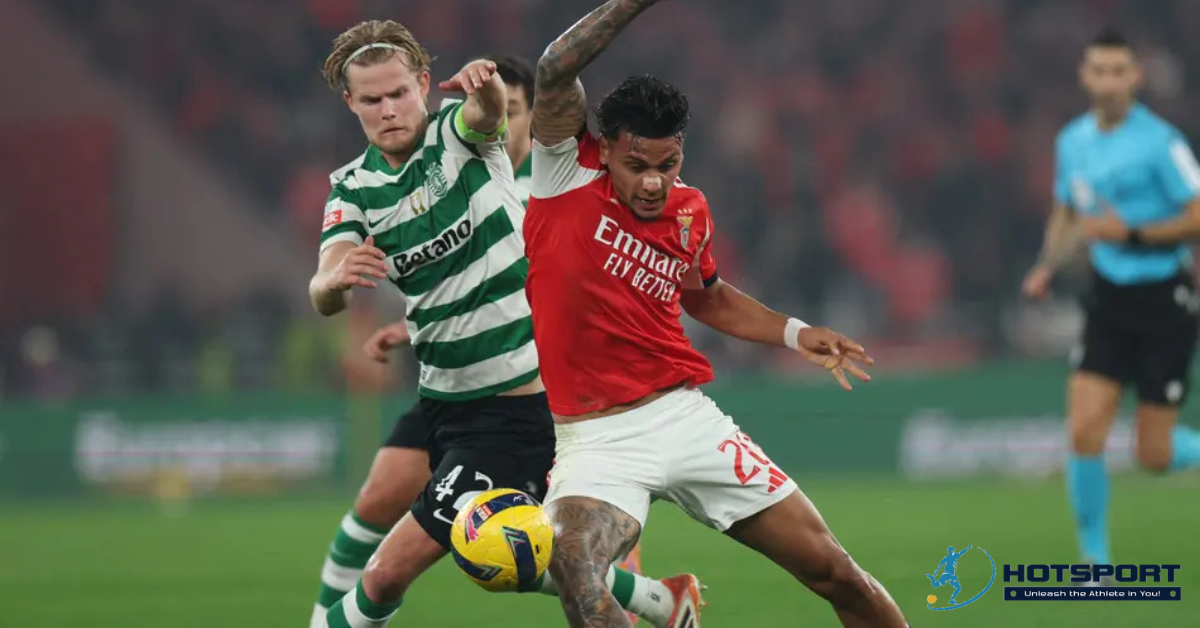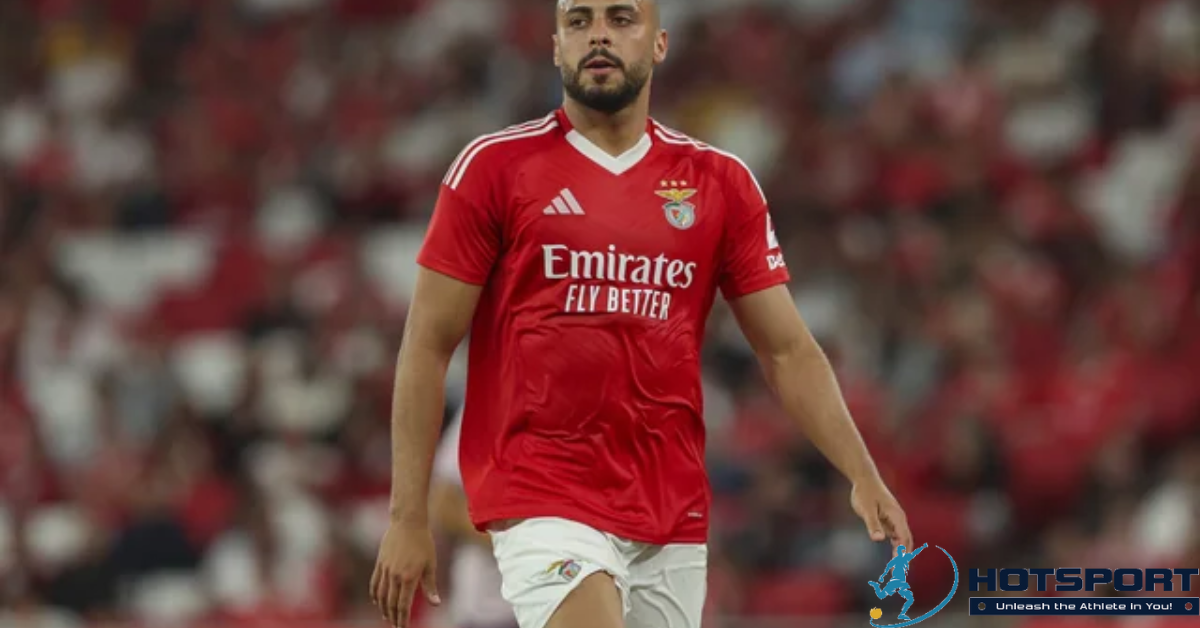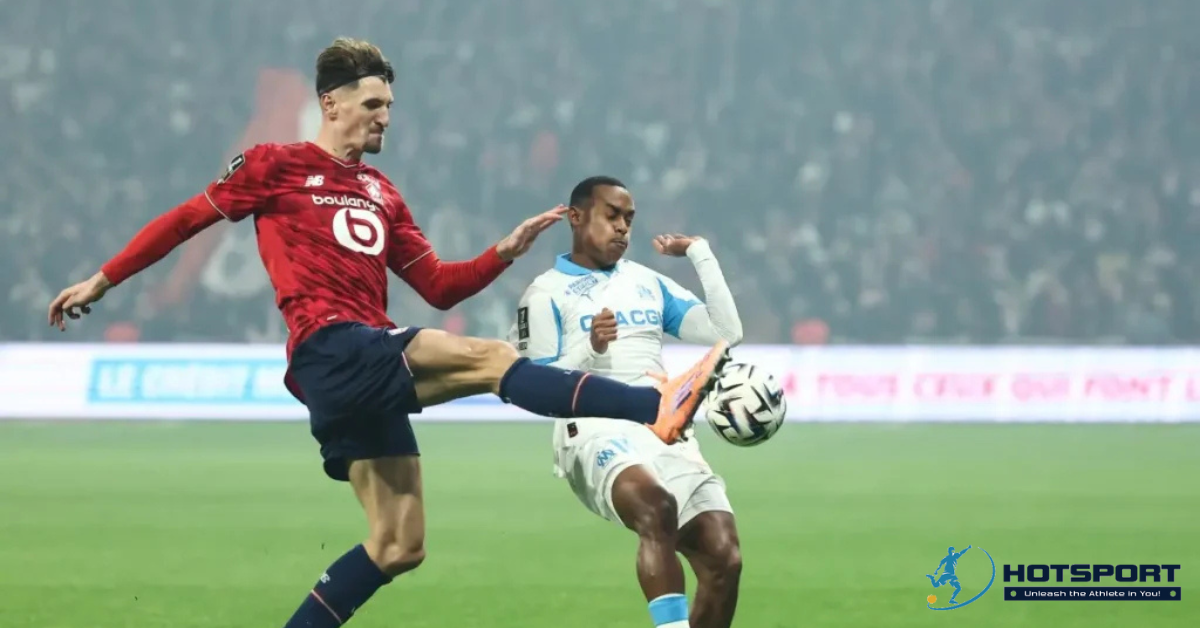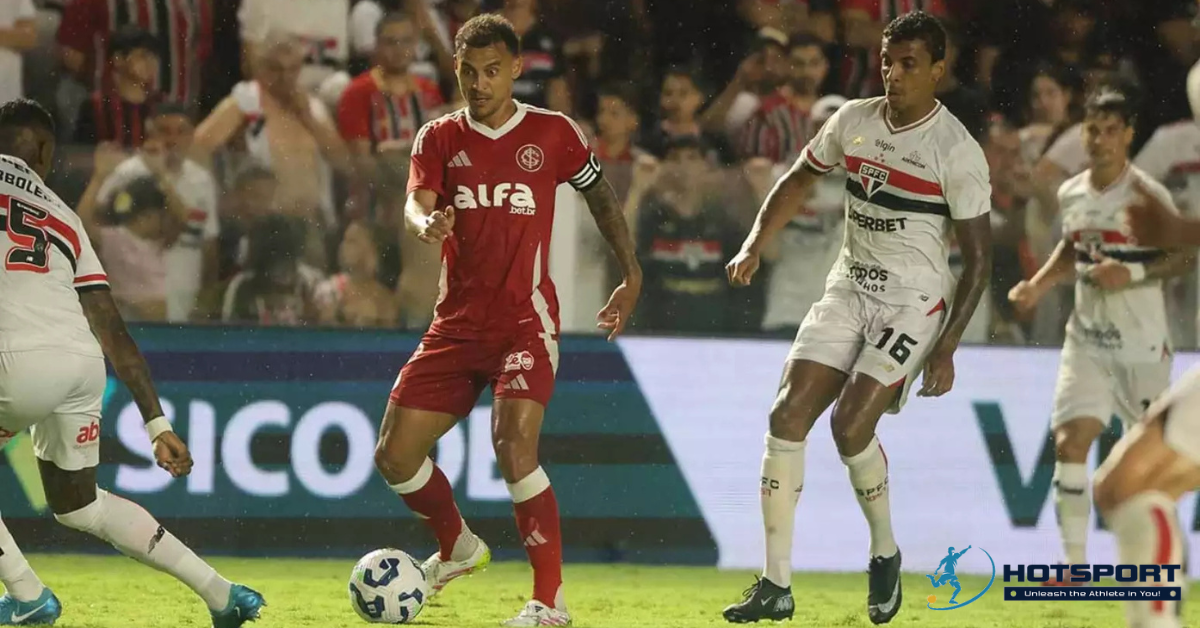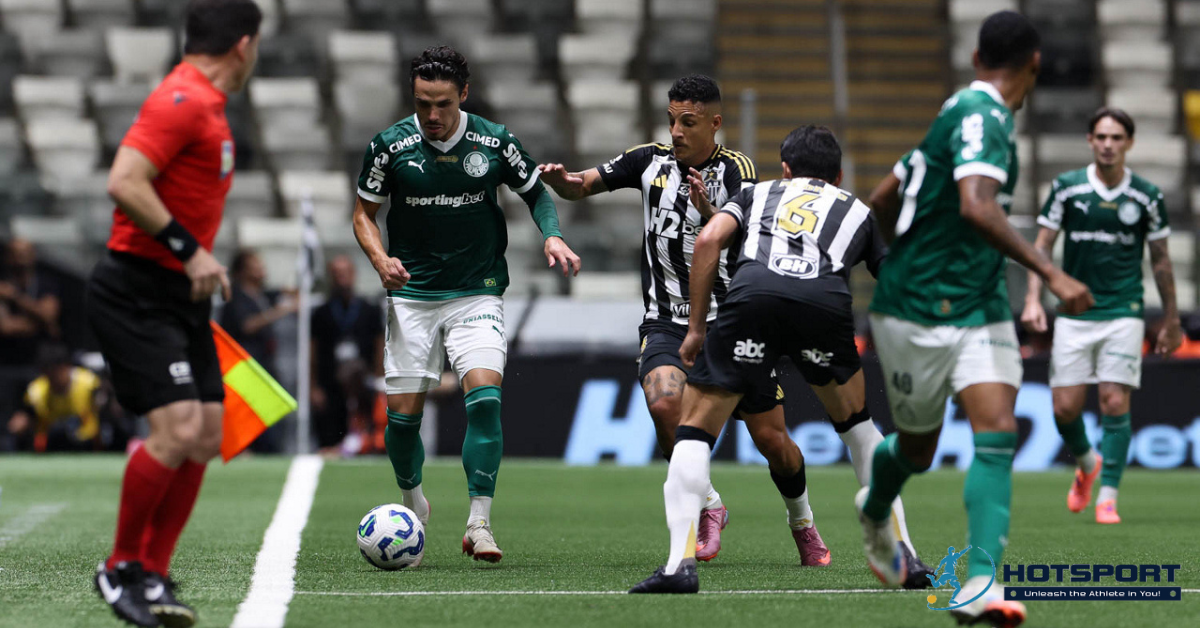Introduction – Ceará SC vs. Palmeiras
On December 7, 2025, the match between Ceará SC and Palmeiras at the Arena Castelão had all the elements of a great drama: crowd support, pressure, a last chance for salvation, and the ambition to finish the Championship on a high note. For Ceará, it was a matter of honor—and of remaining in the top division. For Palmeiras, despite already being assured of second place, it was a chance to end the season with a winning streak and extend their good campaign.
The atmosphere in the stadium was intense. The Vozão fans, even aware of the difficulty, kept their hopes alive: a victory could mean salvation, especially if combined with other favorable results. On the Palmeiras side, the team saw the game as confirmation of their good season, even with an alternative squad—a testament to their depth and professionalism.
When the ball started rolling, Ceará surprised everyone and opened the scoring with Pedro Raul. The stadium erupted, the fans believed. But Palmeiras reacted with patience and strength: they pushed forward, found spaces, turned the game around with precision, and imposed their rhythm. The 3-1 comeback, marked by pressure, nerves, and the coolness of the Palmeiras side, resulted in suffering for the home team and criticism of Ceará’s defensive structure. The final score didn’t just eliminate one game—it sealed Ceará’s relegation to Série B in 2026.
This article revisits every detail: from the pre-game context to the impact of the defeat, including goals, statistics, fan drama, and future implications for both clubs.
Pre-game – Expectations, fear and the weight of the final round: Ceará SC vs. Palmeiras
Ceará’s situation: fighting to stay in the league until the very last second.
Ceará entered the field with 43 points — a minimal margin, but still outside the relegation zone. The final stretch, however, had shaken the club’s confidence: negative results, defensive lapses, and increasing pressure. Therefore, the last round was seen as a final — a chance to finish well, to guarantee their stay in the league, and to avoid drama. The fans turned out in force, believing that home advantage could turn in their favor.
The expected strategy was bold: attack from the start, searching for a goal, applying pressure, and exploiting the flanks. The gamble was to take advantage of the opponent’s nervousness and use the crowd as fuel.
Palmeiras’ situation: second place secured, but desire to finish with a victory.
For Palmeiras, qualification as runner-up was already secured. Even so, there was motivation to seek victory—not only to finish on a high note, but to demonstrate consistency and give playing time to less-used players. The idea was to use the game as a squad test, mixing youth and experience, focusing on intensity and offensive transitions.
Palmeiras knew that a calm but efficient approach would be enough — and the team took to the field with the mentality of those who wanted to control the ball, exploit spaces, and manage the advantage when they managed to impose their rhythm.
The match – From Vozão’s hopes to Verdão’s comeback.
First half – Ceará opens the scoring, Palmeiras reacts, and the score is tied at halftime.
In the opening minutes, Ceará surprised everyone with a goal from Pedro Raul. The crowd erupted, hope was reborn, and the atmosphere at the Castelão stadium took on dramatic tones. Vozão seemed to believe that salvation could come early.
But Palmeiras — even with a reserve team — showed composure and patience. With ball circulation, patience, and organized pressure, the team reorganized. At 17 minutes into the second half (at halftime or shortly after, depending on the source), Verdão equalized with a goal from Facundo Torres, forcing Ceará to revise their plan.
With the score at 1-1 and time running out, the game opened up; Ceará lost momentum and Palmeiras gained confidence to apply pressure.
Second half – Comeback, dominance by Verdão and Vozão’s elimination confirmed.
In the second half, Palmeiras took control. More composed, more secure with the ball, and clinical in their finishing. In the 15th minute, Ramón Sosa scored the winning goal—a precise free-kick, real pressure, a concrete advantage.
A few minutes later, Flaco López sealed the score with a goal from inside the box, making it 3-1. The comeback was complete—and so was the punishment. Ceará didn’t react: defensive disorganization, growing anxiety, and mistakes that symbolize the problems of a team that culminated in relegation.
When the final whistle blew, the feeling was one of tragedy. Verdão celebrated another triumph; Vozão mourned the loss of the elite division.
Match statistics – Ceará SC vs. Palmeiras
| Metric | Ceará | Palmeiras |
|---|---|---|
| Ball possession | 46% | 54% |
| Finishing touches | 12 | 17 |
| Shots on goal | 4 | 8 |
| Great chances | 2 | 4 |
| Accurate passes | 417 | 462 |
| Passing accuracy | 83% | 88% |
| Mistakes committed | 14 | 11 |
| Corner kicks | 5 | 7 |
| Expected goals (xG) | 1.32 | 2.75 |
These numbers show that, although Ceará managed to open the scoring and had moments of pressure, Palmeiras was more efficient, controlled possession, worked the ball better and converted its chances — which in modern football is often worth more than volume.
Immediate impact – Ceará’s relegation and a historic ending for Palmeiras.
- Ceará has been officially relegated to Série B for 2026 — finishing in 17th place with 43 points.
- The relegation has symbolic weight: the club had practically not been in the relegation zone for the entire season, but saw its salvation slip away in the final round. The drama exposes structural weaknesses and defensive instability in the decisive stretch.
- Palmeiras finishes the 2025 Brazilian Championship as runner-up with 76 points — the best campaign ever seen for a runner-up since the beginning of the round-robin system with 20 clubs.
- For Palmeiras, despite the title being out of reach, the away win and consistency reaffirm their strength, versatile squad, and competitive ability even with alternative lineups.
Tactical analysis – Why Palmeiras managed to turn the game around and Ceará succumbed. Ceará SC vs. Palmeiras
Palmeiras’ forces
- Adaptability with an alternative team without losing intensity. The player rotation did not affect the offensive or defensive structure.
- Offensive efficiency: quick transitions, objective finishing, and maximizing the chances created.
- Control of the midfield and superior possession, allowing them to manage the game even away from home.
- Mental resilience: even after falling behind, he maintained focus and confidence to turn the game around.
Weaknesses of Ceará
- Defense exposed after the equalizing goal: marking errors and disorganized back passes opened up spaces for infiltrations.
- Reliance on moments of emotion and fan pressure — lacking the tactical consistency to withstand the opponent’s reaction.
- Lack of offensive effectiveness after the first goal; inaccurate finishing, little purpose, and frayed nerves.
- Lack of defensive strategies to withstand pressure from the opponent, especially in crucial phases of the match.
Game highlights – Who shone and who disappointed: Ceará SC vs. Palmeiras
- Facundo Torres — with the equalizing goal, he showed quality, composure, and leadership. His performance propelled Palmeiras towards a comeback.
- Ramón Sosa — with a precise free-kick, turned pressure into an advantage. He was decisive at the key moment.
- Flaco López , with precision, scored the goal that sealed the result and confirmed the comeback victory.
- Pedro Raul (Ceará) — opened the scoring and revived the fans’ hopes, but couldn’t hold onto the lead.
- Ceará’s defense was fragile in crucial moments; individual and collective errors contributed to their defeat.
Conclusion – Ceará SC vs. Palmeiras
The Ceará SC vs. Palmeiras match symbolized two contrasting realities of Brazilian football. While Palmeiras ended the year with confidence, depth, and clear demonstrations of collective strength, Ceará saw its season unravel in a 2025 marked by instability, anxiety, and a lack of consistency.
The game at Castelão made it clear that Palmeiras is a consolidated team, even with an alternative squad, while Ceará urgently needs to redefine its course. Relegation is not just a sporting result — it’s a consequence of structural problems, misguided decisions, and failures in building a technical identity.
For Palmeiras, the 3-1 score reinforces that the club remains highly competitive, regardless of opponent, stadium, or lineup. The performance was solid, disciplined, and showed that the project for 2026 is already starting on firm foundations.
If you enjoy in-depth analysis, comprehensive statistics, and detailed coverage of major matches, keep following our national football section.
FAQs – Frequently asked questions about Ceará vs. Palmeiras 2025
- What was the final score of the match?
Ceará 1 × 3 Palmeiras. - Who scored the goals in the match?
Pedro Raul (Ceará); Facundo Torres, Ramón Sosa and Flaco López (Palmeiras). - What did the result mean for Ceará?
The team finished 17th with 43 points and was relegated to Série B in 2026. - How many wins did Palmeiras have in the championship?
With this victory, they finished the season as runners-up, with 76 points — the best runner-up finish in the era of the points system. - Did Palmeiras have a clear advantage in possession?
Yes. Palmeiras had approximately 55% possession compared to Ceará’s 45%. - Did Ceará have clear chances to react?
Few. Despite possession and moments of pressure, they lacked objectivity and offensive organization. - Who stood out in the game?
For Palmeiras: Facundo Torres, Ramón Sosa, and Flaco López. For Ceará, Pedro Raul — but the defense and the team as a whole couldn’t hold up. - Why did Palmeiras win convincingly even with a reserve team?
Because they maintained intensity, dominated the midfield, capitalized on their chances, and managed the game after taking the lead. - Was this relegation expected for Ceará?
No. The team had spent most of the season outside the relegation zone. The relegation was only confirmed in the final round. - What changes for Palmeiras in 2026?
Increased confidence, confidence in the squad, reinforcement of the tradition of finishing among the top teams, and renewed expectations to compete for titles. - What changes for Ceará with the relegation?
The need for reconstruction, financial and strategic replanning, strengthening the squad, and reviewing the structure to try for an immediate return. - What does this game show about the unpredictability of the Brazilian Championship?
That nothing is guaranteed until the last minute — neither staying in the league nor winning titles. Rhythm, consistency, and efficiency are what decide the outcome.

